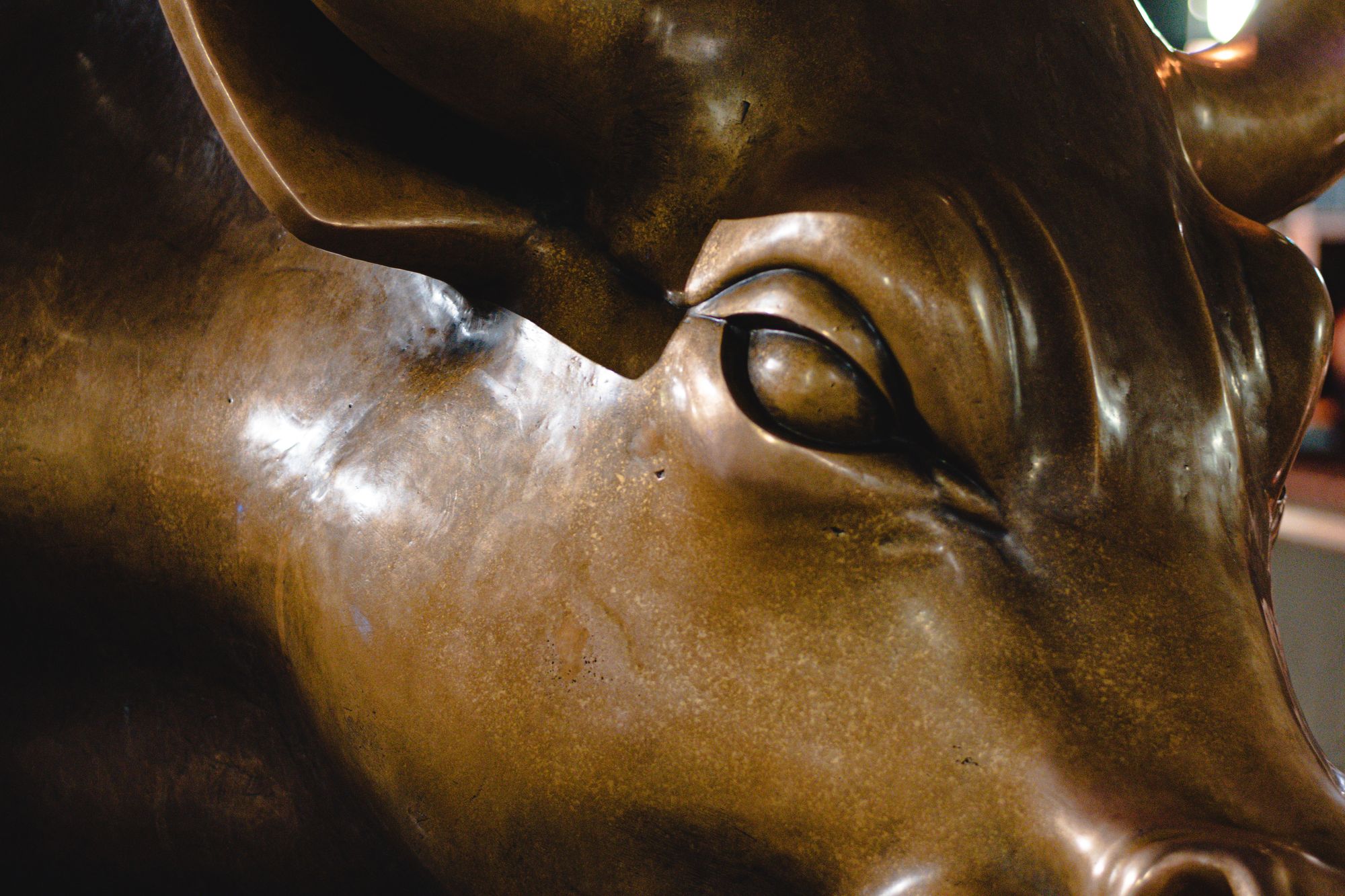
Bull vs Bear Markets and What They Mean for Investors
As an investor, even an aspiring one, you probably have come across the terms ‘bull’ and ‘bear,’ which are used to describe market sentiments. When investing in any instrument, you should always be aware of its performance, and whether it is bullish or bearish is one way to look at it.
What do these terms mean, though? A bull market indicates value appreciation, while a bear market indicates depreciation. For this reason, learning more about these trends is crucial when making investment decisions. You should know the advantages and risks of going bearish or bullish when developing your portfolio.
Background on Bull and Bear Markets
Both bears and bulls are known as animals with immense strength, both evoking imagery in regards to stock market volatility. The terms “bear” and “bull” are thought to derive from the way each animal attacks. That is, a bull punches up – thrusting its horns up in the air – while a bear swipes down. These actions were then related metaphorically to the movement of a market. A bear market indicates downward market trends while a bull market indicates upward market trends.
In the past 100 years, the market has seen many instances of both bull and bear conditions. Here are a few details to keep in mind. In a bull market, stocks surge an average of 112% and decline approximately 36% during a bear market.
Since 1928, the S&P 500 Index has experienced 27 bull trends, with a long-term boost in stocks. However, the market has also had 26 bear markets, showing that value depreciation and appreciation go hand-in-hand.
On average, bull conditions last 973 days, or 2.7 years. History considers the period between December 1987 until March 2000 (the dot com crash) the longest recorded bull market. However, some experts count the bullish mode that ended in 2020 to be the longest.
Bear trends tend to be short-lived, at an average of about 9.6 months, with a mean frequency of 3.6 years between markets. However, bearish modes have not been as frequent since WWII. The period between 1928 and 1945 saw 12 bear markets, meaning one occurred every 1.4 years. However, the frequency since 1945 has risen to 5.4 years.
In the last two decades, 32% of the S&P 500 Index’s strongest days were in the first two months of a bull trend. During the same period, the market posted 56% of its best days in bear mode.
The Bull Market
A bull market is one experiencing increasing value fueled by market optimism. This happens when the economy enjoys favorable conditions, with prices on the rise. According to the standard definition, a bullish mode begins when stock prices surge by 20% since their previous lows.
Characteristics of a bull trend include a sustained price increase, a strong economy and rising GDP, declining unemployment rates, and low-interest rates. Bull markets can last for decades. Some investors make the mistake of trying to predict when bullish conditions end, resulting in poor investment decisions. Growth stocks are the most popular buys in bull markets.
Throughout history, US markets have had some great bull runs, starting with the boom after World War II that exceeded the market’s peak before the Great Depression. Since that time, the market has experienced a series of bull markets, including the longest one from 2009 to 2019.
Pros of a Bull Market
The desirable economic projections that typify a bull market contribute to great price performances.
Investors can make decent profits by buying and holding assets, then selling when values increase.
Downsides of a Bull Market
Investors do not have to do a lot to choose valuable instruments in a bull market, which can lead to risky behavior. Consequently, they end up in positions that cannot survive even the slightest price decline.
People looking to make quick money can easily fall prey to scams designed to take advantage of market sentiments.
The Bear Market
A bearish trend speaks of a receding economy with a stagnant or decreasing GDP. It occurs when prices decline at least 20% from previous highs. A recent example of a bearish market is March 2020, when major indices dropped as much as 30% due to COVID-19 and the ensuing market shocks.
Investors should know that bear trends are not automatically bad. In fact, they are necessary. A market cannot be bullish indefinitely. Such a situation would narrow returns due to the absence of risk. Securities markets depend on bear modes for corrections. Value stocks are some assets that perform well in bearish conditions.
Pros of a Bear Market
A bear market eliminates over-leveraged investors, who may have accumulated a higher risk than necessary during a bullish mode.
As mentioned, bull markets cause a lot of scams. Markets going bearish can expose illegitimate investments.
Downsides of a Bear Market
Although not always, bear markets can result in a recession or depression, which affect everyone, not just investors.
Making money off bearish events can impair an investor’s judgement in future decisions. Predicting a market downturn is not always easy and can cost you money.
What Determines Market Trends
If investors could predict which way the market goes next, making money from investments would be easy. That is the reason professionals use investment tools to help with technical analyses. Several indicators are used to anticipate market direction. Moving averages, support or resistance, and Relative Strength Index (RSI) are leading indicators.
Learning what happens in a bull or bear market is crucial, but it is more important to know which moves to make.